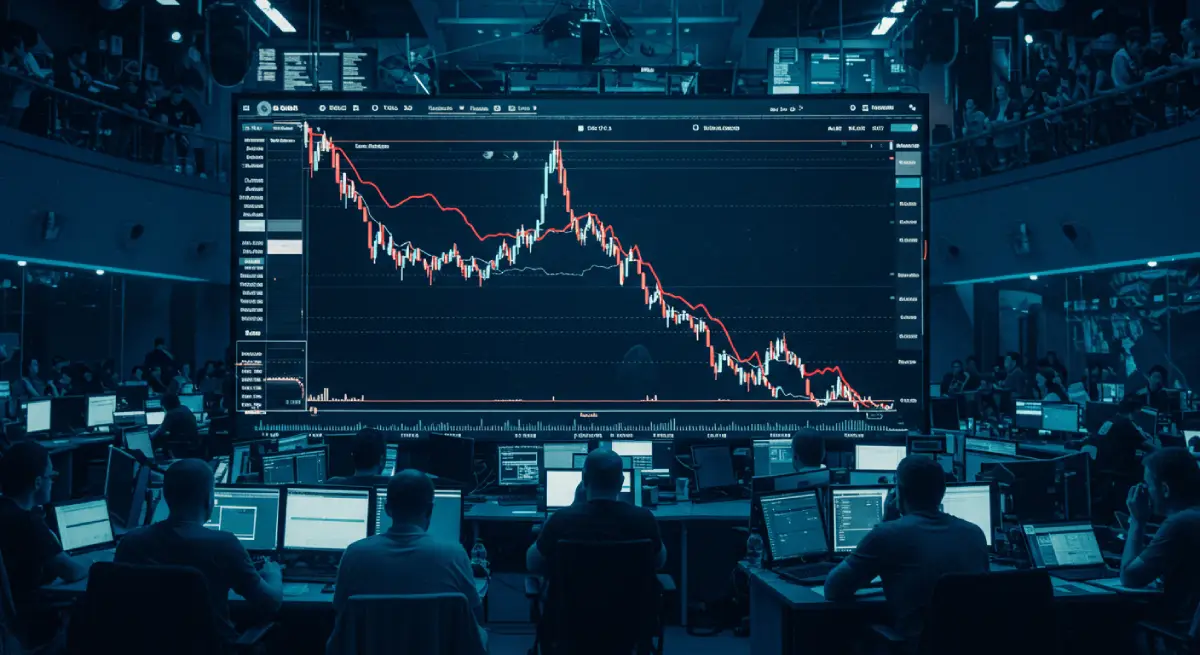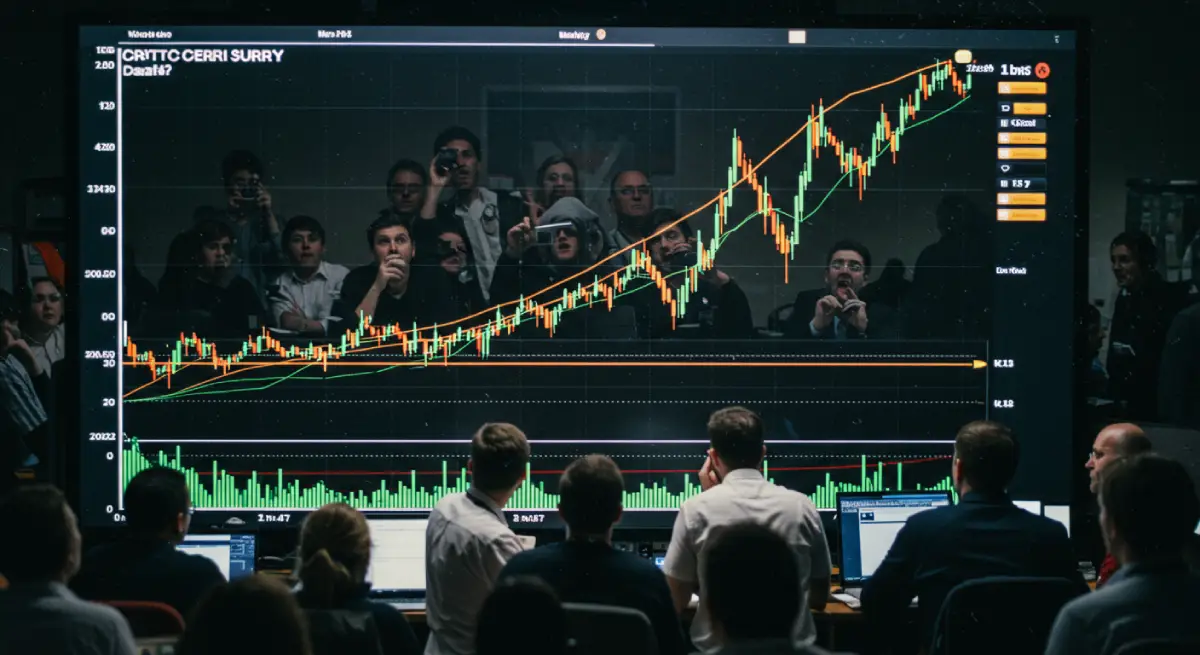Introduction: The Global Pulse of the Cryptocurrency Market in March 2025
In March 2025, the global cryptocurrency market experienced significant turbulence driven by a mix of policy shifts, regulatory changes, and technological advancements. From U.S. tariffs under Trump to stringent European regulations, and innovative breakthroughs in Asia (Japan, Singapore, Hong Kong), this month’s news unveiled both opportunities and challenges in the global cryptocurrency landscape. This article compiles key events to help you navigate emerging trends.
1. United States: Tariffs and Policy as Dual Drivers
- Trump Tariffs Shake the Market
- Early March saw Trump’s tariff policies spark concerns, pushing Bitcoin (BTC) below $80,000. On March 24, he hinted at a narrower scope for the April 2 tariffs, lifting BTC to $83,000.
- March 26 brought a 25% tariff on imported auto parts, impacting supply chain tokens. The global cryptocurrency market cap fell to $2.783 trillion by month-end, down 2% for March.
- White House Summit and State-Level Legislation
- On March 7, Trump signed an executive order advancing a strategic Bitcoin reserve, boosting institutional confidence in global cryptocurrency.
- March 24 saw Oklahoma pass HB1203 for a Bitcoin reserve, Kentucky enact a blockchain bill, and North Carolina propose a 5% state fund allocation to digital assets.
- SEC and Congressional Updates
- March 21 featured an SEC hearing on tokenized asset regulation; March 27 saw pro-crypto SEC nominee Paul Atkins face a Senate hearing.
2. Europe: Stricter Regulation Meets Financial Integration
- EU Insurance Regulation Proposal
- On March 28, EIOPA proposed that insurers holding global cryptocurrency assets provide 100% capital backing due to high risk and volatility, potentially curbing institutional investment.
- France’s Political Crypto Connection
- March 31 saw Marine Le Pen’s trial over EU fund misuse, with reports linking her party to crypto financing, stirring debate.
- BlackRock’s European Bitcoin Product
- March 25 marked BlackRock’s launch of a Bitcoin product tied to its $2 billion BUIDL fund, signaling traditional finance’s deeper dive into Europe’s global cryptocurrency market.
3. United Kingdom: New Rules and Market Sentiment
- FCA Authorization Regime
- March 28 saw the FCA announce a 2026 crypto authorization overhaul, with only 14% of 368 applicants approved, raising compliance costs for global cryptocurrency firms.
- Dissident Incident
- March 25 brought news of Hong Kong dissident Finn Lau’s assault in London, tied to possible crypto fundraising efforts.
- Fiscal Budget Impact
- March 26 saw Chancellor Rachel Reeves unveil a spring budget amid economic slowdown, halving 2025 GDP growth forecasts and affecting the global cryptocurrency outlook.
4. Japan: Regulatory Optimization and Stablecoin Breakthrough
- Regulatory Reform
- March 30-31 reports indicated Japan’s FSA plans to reclassify global cryptocurrency under the Financial Instruments Law by 2026, curbing insider trading and drawing institutional interest.
- Stablecoin Liberalization
- March 10 and 24 saw Circle’s USDC approved as Japan’s first compliant stablecoin, debuting on SBI VC Trade, a milestone for global cryptocurrency adoption.
- Inflation and Market Impact
- March 21 highlighted Japan’s core inflation outpacing the U.S., with potential central bank rate hikes threatening global cryptocurrency assets.
5. Singapore: Steady Steps as a FinTech Hub
- Economic Forecast
- March 23 saw MAS predict 2025 core inflation at 1%-2% and GDP growth slowing to 1%-3%, influencing local global cryptocurrency enthusiasm.
- Top Trading Platforms
- March 25 featured Crypto.com topping Singapore’s crypto exchange rankings with over 100 million users, reinforcing its global cryptocurrency hub status.
- Business Travel Ecosystem
- March 19 ranked Singapore as Asia-Pacific’s top business travel destination, bolstering its global cryptocurrency ecosystem.
6. Hong Kong: Stablecoins Amid Geopolitical Tensions
- Regulatory Framework Progress
- March 29 saw HKMA’s Eddie Yue reveal stablecoin legislation nearing legislative review, balancing innovation and risk in global cryptocurrency.
- Li Ka-shing’s Port Sale
- March 27 saw Li Ka-shing’s CK Hutchison sell Panama Canal ports under U.S. pressure, nudging Hong Kong investors toward global cryptocurrency.
- Dissident Fallout
- March 25 tied Finn Lau’s London assault to crypto fundraising, raising regulatory questions.
7. China: Policy Signals and Capital Flows
- State Media Stance
- March 21 saw Communist Party media acknowledge Bitcoin’s value while cautioning against U.S. stablecoin dominance, urging digital yuan development—a subtle shift for global cryptocurrency.
- Safe-Haven Funds
- Late March saw tariff pressures drive some Chinese capital into global cryptocurrency, though constrained by forex controls.
8. Global Other Highlights
- Argentina’s Crypto Collapse
- March 28 saw the RainbowEx scam in Argentina wipe out millions, exposing Latin American risks.
- DeFi Security Crisis
- Throughout March, DeFi hacks cost $22 million, prompting safety warnings.
9. Market and Price Dynamics
- Bitcoin (BTC): Rebounded to $83,000 by month-end, lifted by GameStop’s investment on March 25.
- Ethereum (ETH): Fell to a five-year low against BTC on March 28 due to weak ETF inflows.
- Other Tokens: Solana fluctuated, XRP and ADA dropped nearly 10%.
10. Macroeconomic Context
- Federal Reserve: March 19 signaled two rate cuts in 2025, easing global cryptocurrency pressures.
- Bank of Japan: March 18 held rates steady amid rising inflation, impacting risk assets.

Conclusion: The Future Outlook for the Global Cryptocurrency Market
March 2025 showcased the U.S. tariffs and policy boosts shaking the market, Europe tightening oversight, and Japan, Singapore, and Hong Kong unlocking global cryptocurrency potential, while China hinted at openness. The April 2 tariff rollout and Ethereum upgrades loom as next key catalysts.


